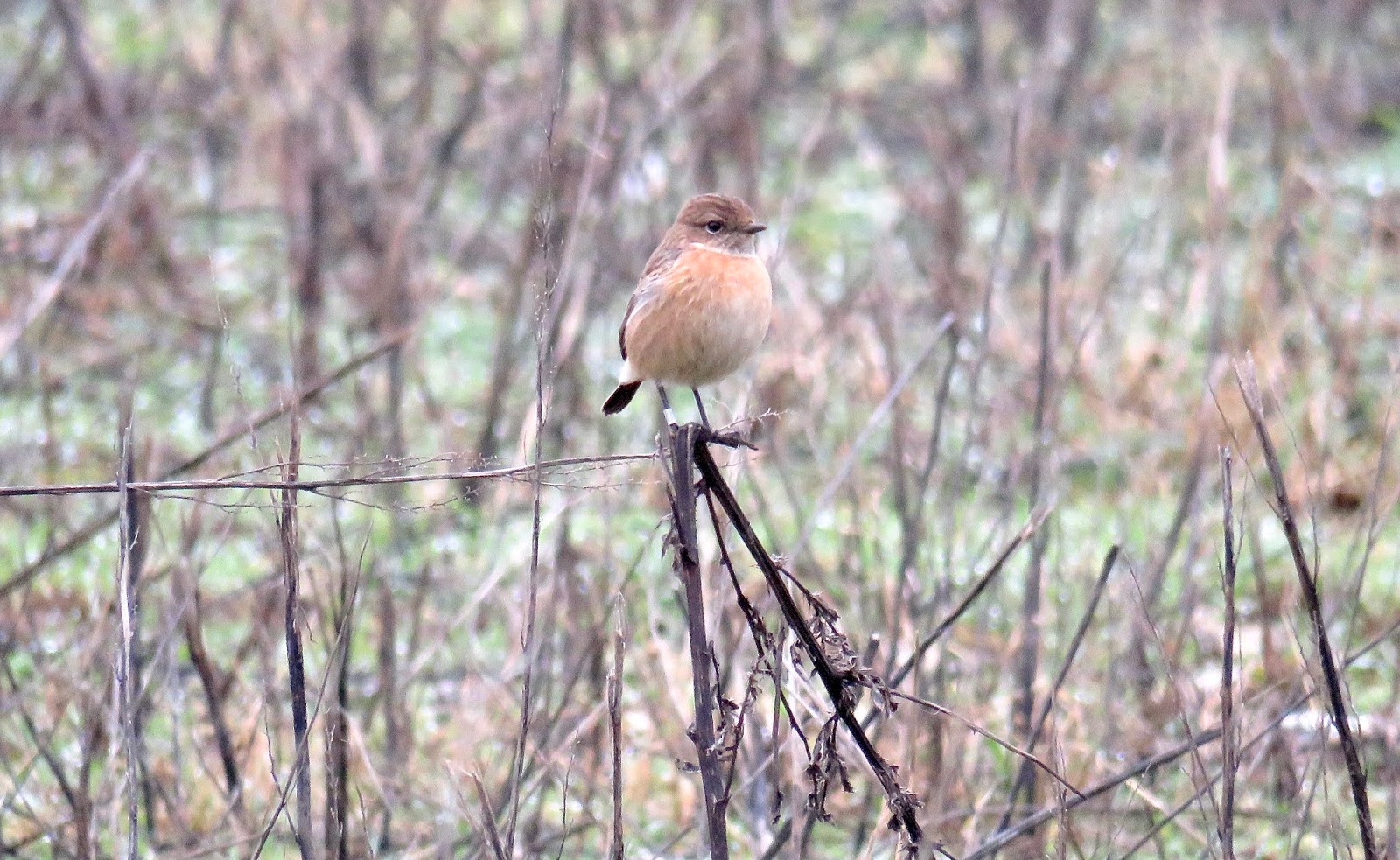Moths, at least - 3km (Days 8-9)

The birding may have been mundane, but the moths have started to show, with the past two nights resulting in four Spring Usher (above) and a single Agonopterix heracliana. Over at Priest Hill are several clumps of Mistletoe, low down enough to be able to almost touch. Illustrated above are the profusion of berries, plus some soon to open flower-buds. With February coming up on Monday, and the daylight stretching out into the evening, there is definitely a feel of Spring. For me, it will be welcome like no other.














